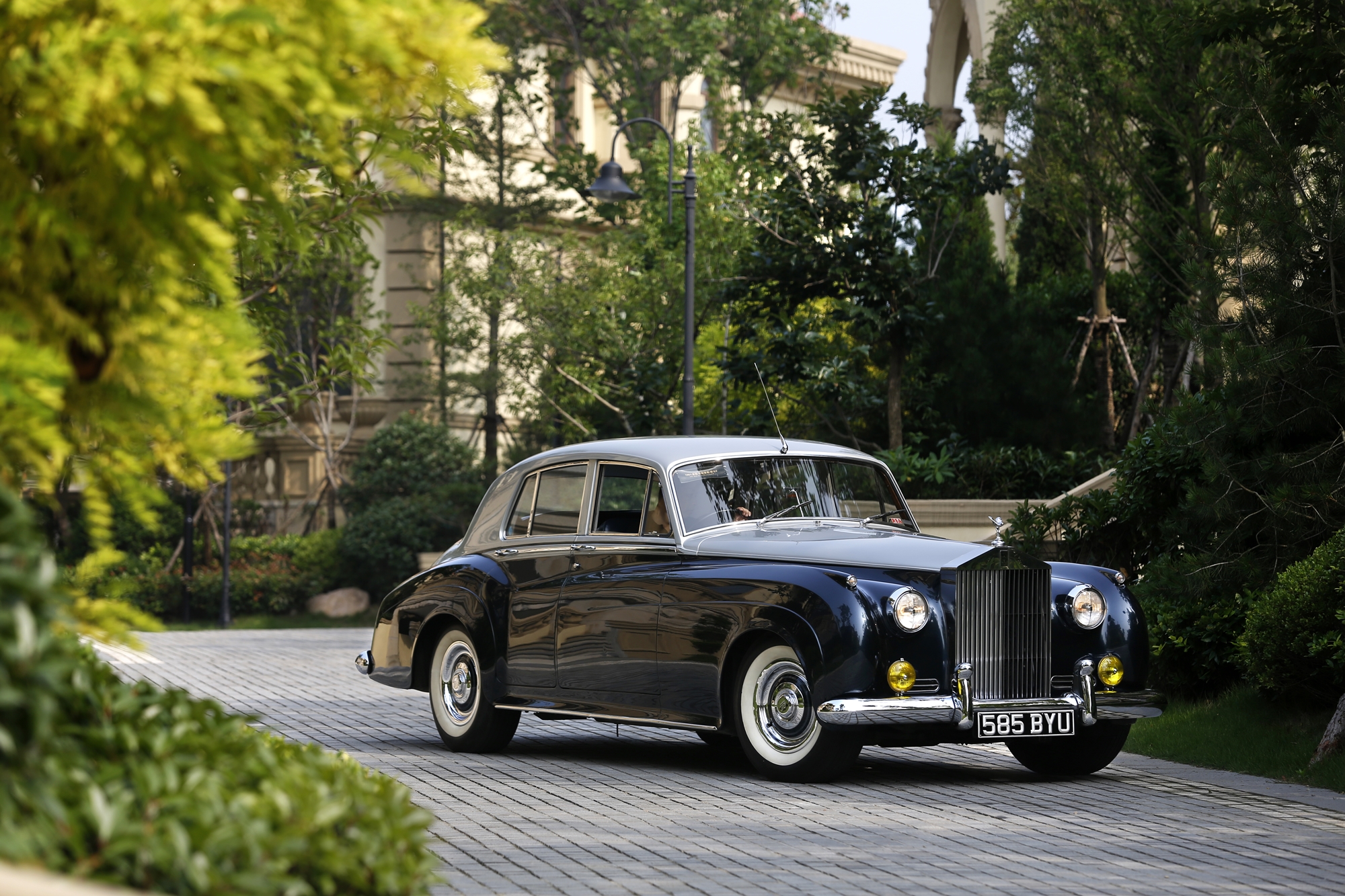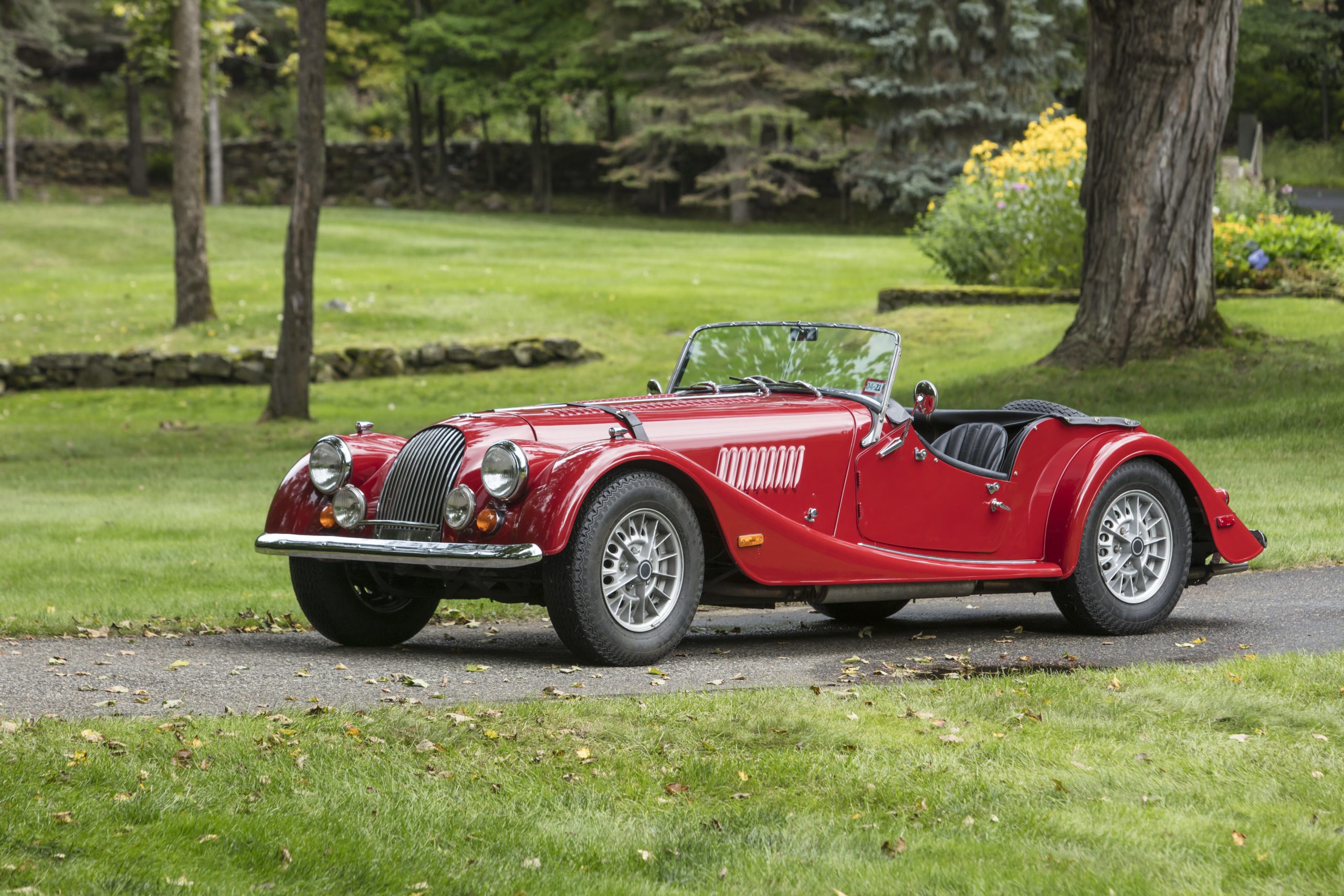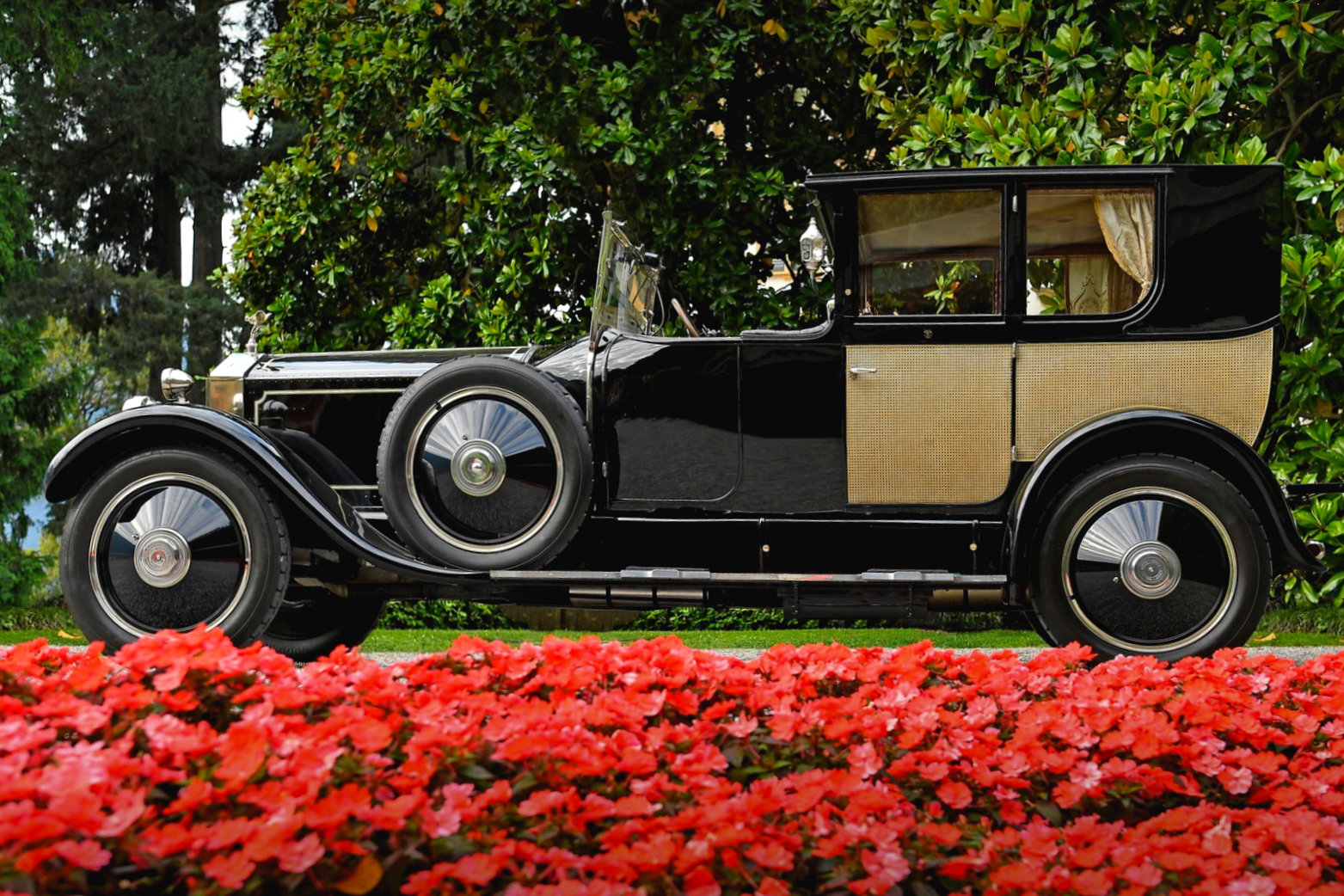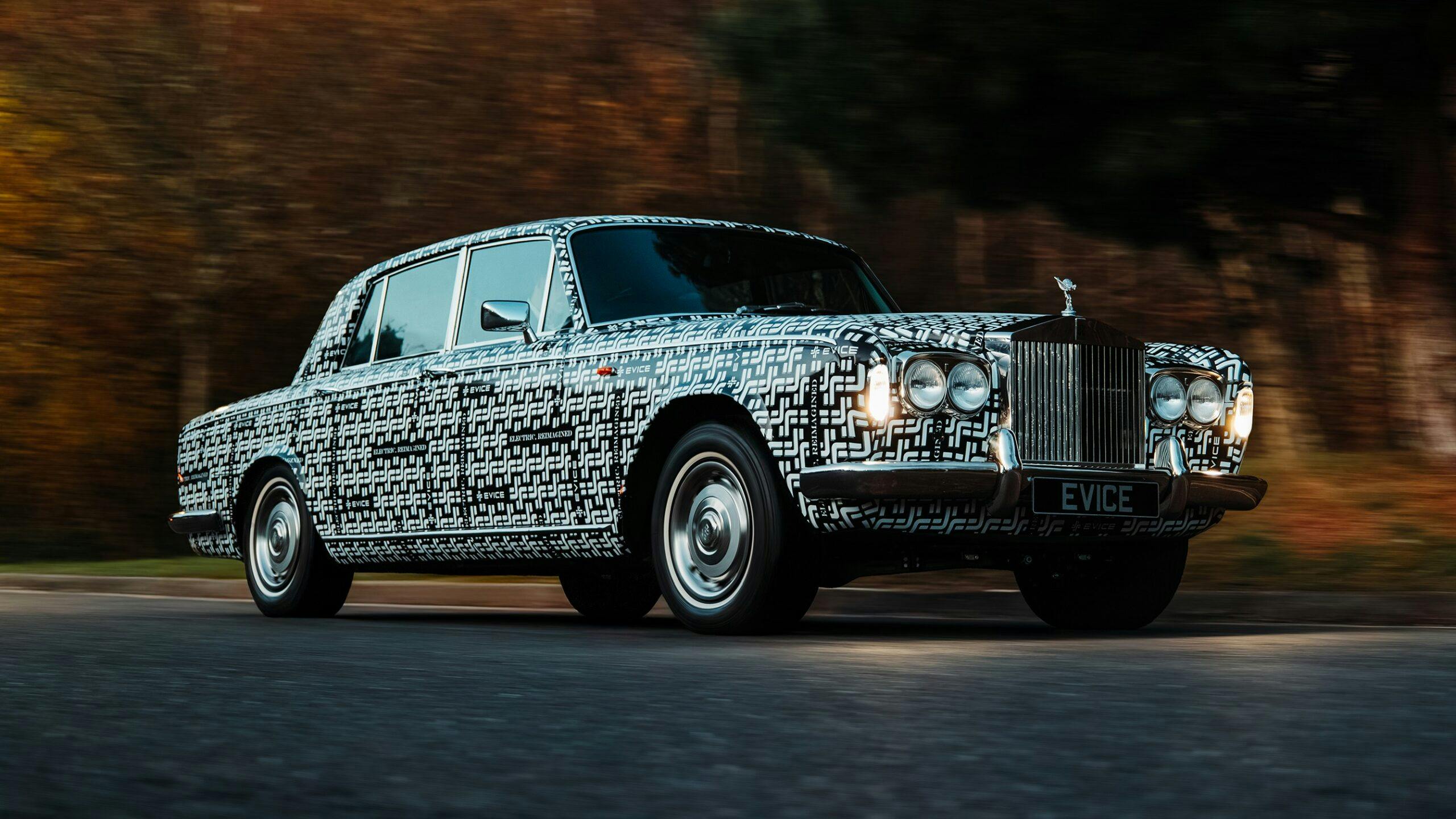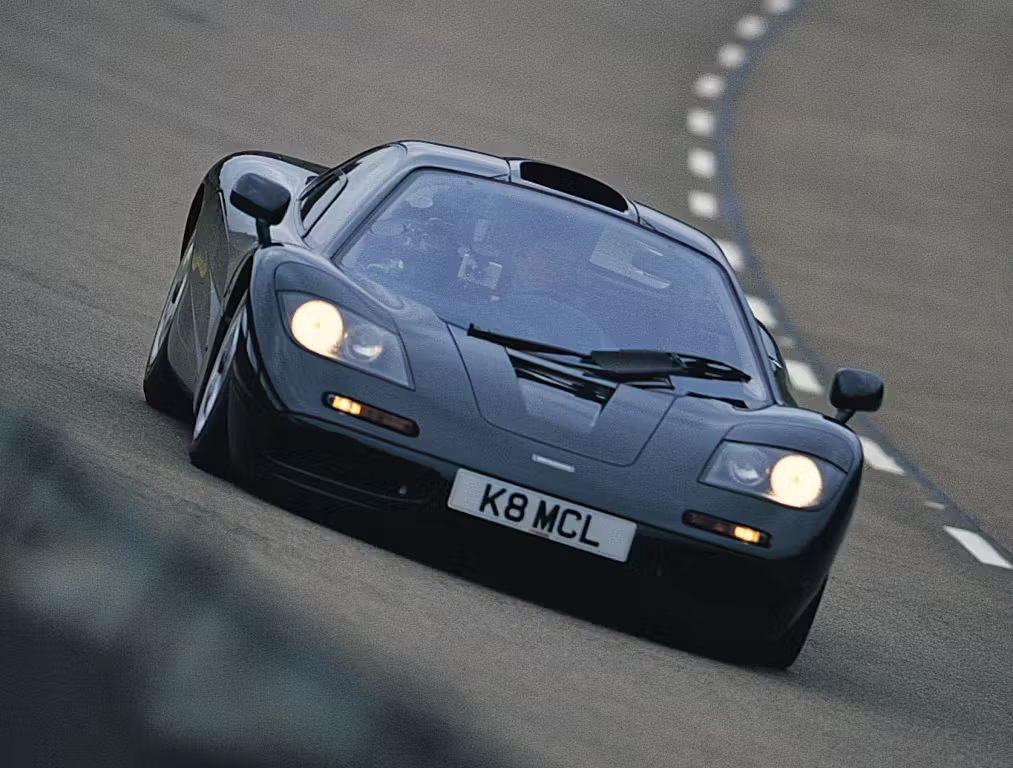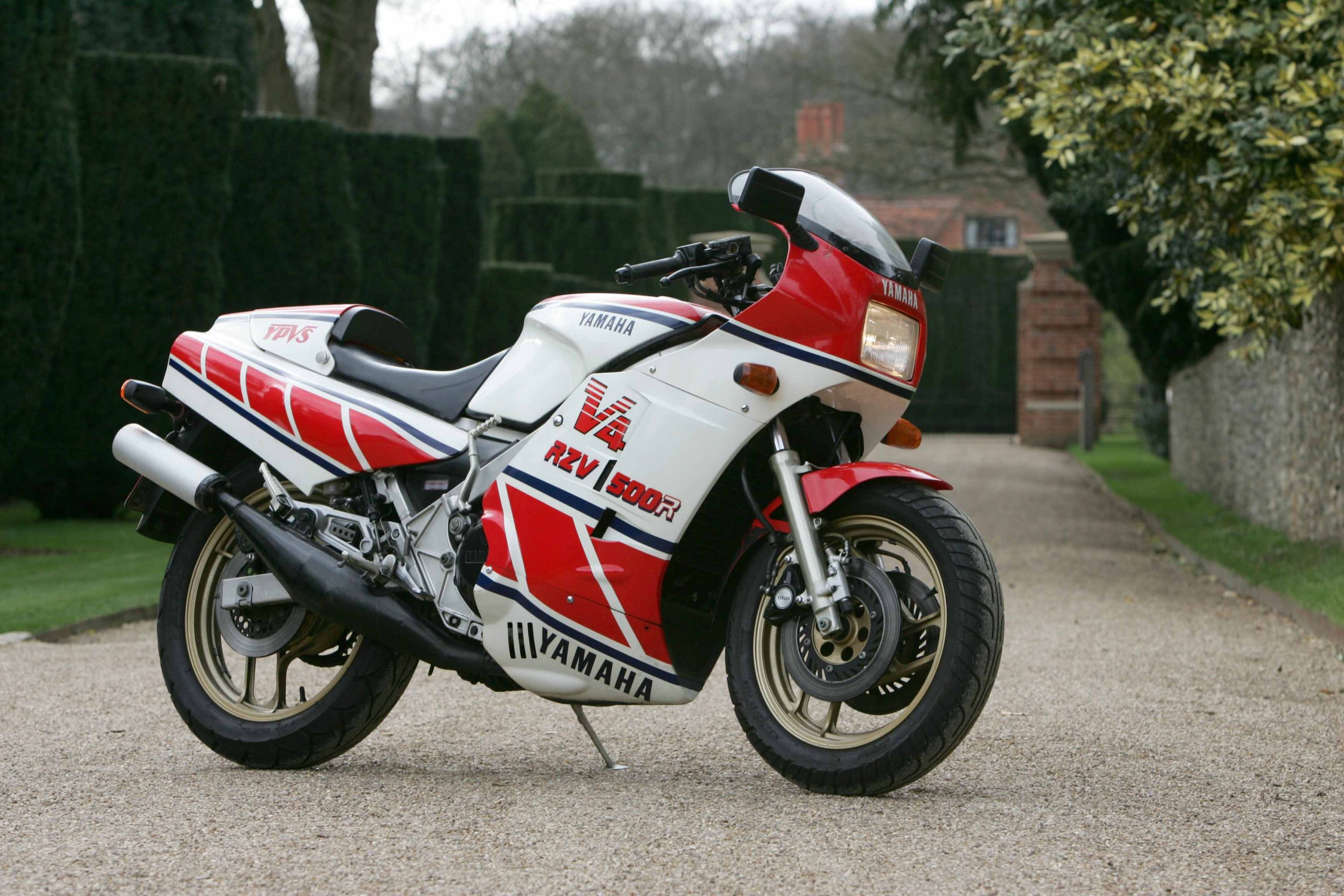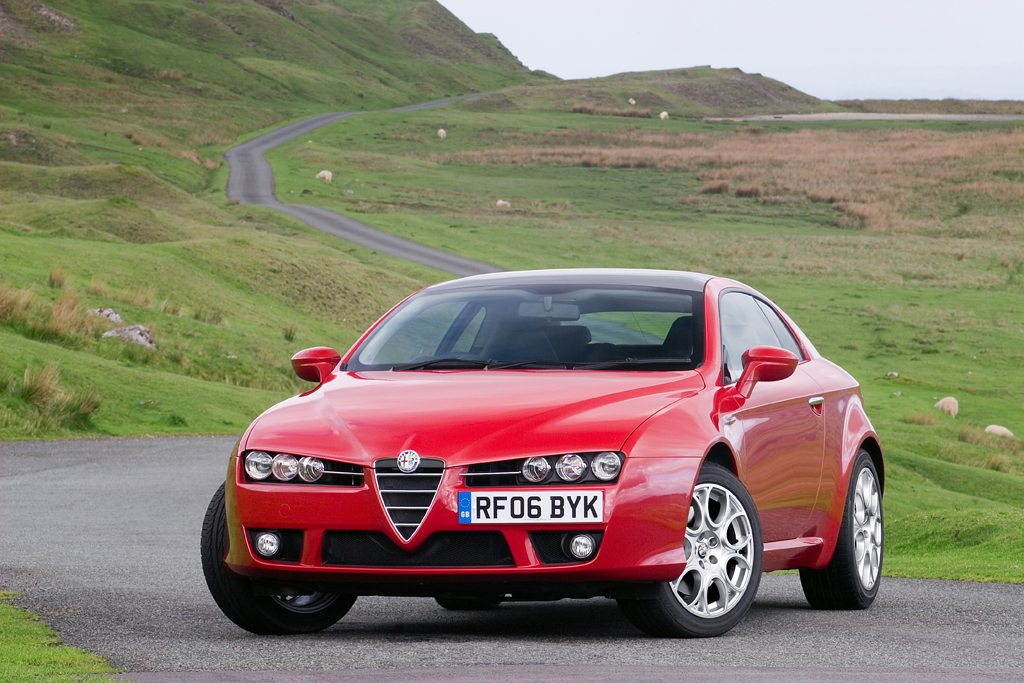The Rolls-Royce Silver Cloud, and its Bentley S-Series sister, was the ultimate development of the British company’s original design ethos. Before unitary construction and complex hydraulics for suspension were ushered in with the 1965 Silver Shadow, the Silver Cloud represented the logical evolution of everything Rolls-Royce had been working towards. As the Shadow celebrates its 60th anniversary in 2025, it’s also timely to appreciate its predecessor for what a great car it was when new and how good they can be now as a classic buy.
Launched in early 1955, the Silver Cloud and Bentley S1 were offered with what is generally referred to as a ‘standard steel saloon’ body. This is a touch misleading as the doors, bonnet and boot were all constructed from aluminium to keep the weight of this near 5.4-metre long luxury car to around 1.9-tonnes depending on specification. There were various coachbuilt body options and the Cloud’s separate chassis still leant itself to unique coachwork from the dwindling number of companies still able to offer this bespoke route to well-heeled clients. However, the vast majority of Clouds and S-Series sold came with the standard body and it’s these cars we’ll concentrate on here.
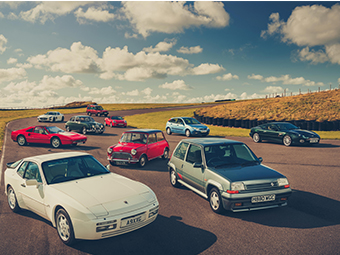
The sizeable chassis of the Cloud was a very strong box section steel frame that was said to be 46% more rigid than the previous Silver Dawn/Bentley R-Type item. It used unequal length wishbone front suspension with coil springs, while at the back a clever Z-bar located the semi-elliptic leaf springs to negate axle wind up under acceleration. With large drum brakes, optional power steering, and a 123-inch wheelbase, the Cloud was the definition of how a Rolls-Royce should ride and drive. Customers could also order a long wheelbase model with an extra four inches of length in the chassis for improved rear legroom.
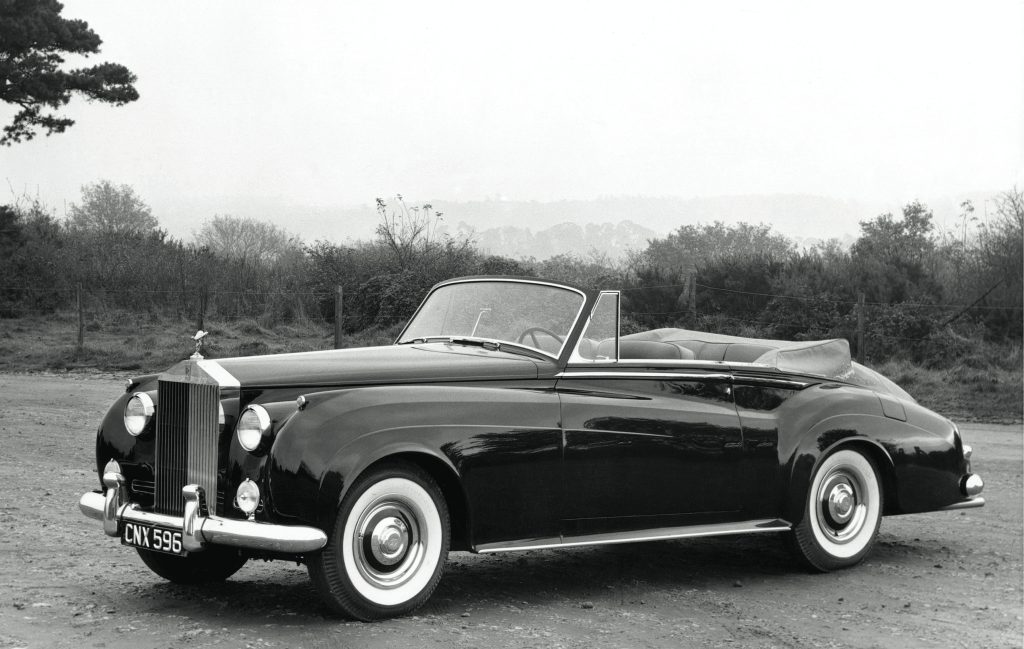
Power for the Cloud 1 came from the final development of the F-head straight-six engine. The 4.9-litre unit did not have power quoted by Rolls-Royce, but it offers around 155bhp and delivered this to the rear wheels via a four-speed automatic gearbox, which Rolls built under licence from General Motors. It was suitably smooth to match the Cloud’s demeanour while giving 0-60mph in a decent 13.5 seconds, and the Cloud 1 could just nudge above 100mph.
Much improved ventilation was a hallmark of the Cloud 1 compared to earlier Rolls-Royce models, and air conditioning was an option to appeal to the burgeoning US market. Other choice extras included electric windows and a factory-supplied radio. This was on top of the leather, Wilton carpets and wood that was fitted to all models to create the sumptuous interior.
September 1959 saw a major change to the Silver Cloud, not that you could tell from the outside. Under the bonnet, though, the refined straight-six was replaced with a 6.2-litre V8 motor. Not initially reckoned to be as smooth as the Cloud 1’s engine, the V8 also suffered from some crankshaft issues early in its life, but it also won universal praise for the improved performance it brought thanks to an approximate 25% boost in power to an estimated 200bhp. This gave 0-60mph in 11.5 seconds and 110mph top speed. More relevant was the strong low- and mid-speed acceleration with no significant drop in fuel consumption, while power steering was now standard on the Cloud and Bentley S2.
If the Cloud 2’s changes were under the skin, the Cloud 3 was notable for its revised exterior. The traditional headlights were replaced by quad lights with the side lights moved from the wing tops the leading edges of the front wings. The Rolls-Royce grille was also 1½-inches lower for mildly improved aerodynamics. Inside, revised seats offered more passenger space, and under the bonnet the V8 motor offered an increase in power to around 230bhp. This meant the Cloud 3 could touch 120mph despite still running on drum brakes all round.
By the time the Silver Shadow arrived in 1965, the Cloud and S-Series cars had put Rolls-Royce and Bentley right at the top of the luxury segment. They had also been important moneymakers by selling a total of more than 16,000 across both brands and of all versions.
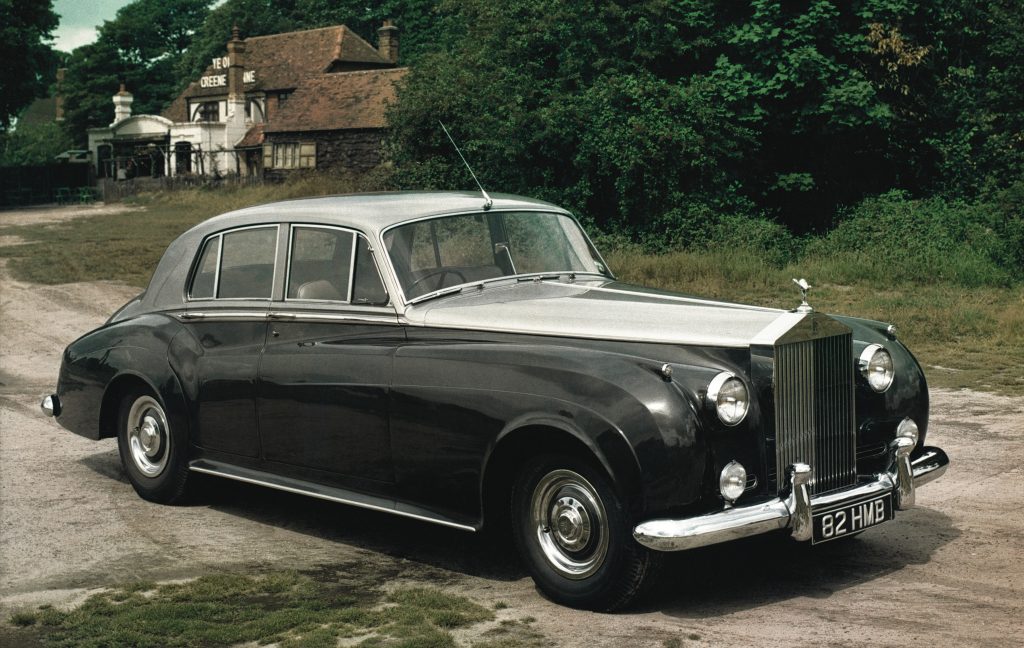
What’s a Silver Cloud like to drive?
The Cloud name is apt for this Rolls-Royce as it feels like you are caressing the road on a soft pillow while riding in the car. This delivers a ride that prevents almost every niggle from the road’s surface being felt in the cabin. It does mean the Cloud has some degree of wallow if you try to hustle it through a corner, but there’s a lot more grip and composure than you expect, so the Cloud can easily maintain station in modern traffic.
A consequence of the Cloud’s eerily smooth ride, helped by its lengthy wheelbase, is the refinement in the cabin. There is almost no perceptible road, wind, or engine noise unless you really do jab the throttle as hard as possible. There’s a bit of cultured whirr from under the bonnet, with the straight-six or V8, and this is accompanied by decent acceleration to again keep pace with those around you on today’s roads. It all makes the Cloud in any of its three versions a very easy, pleasant car to travel in and one that is much more of a driver’s car than you would give credit for before sitting behind the steering wheel.
Speaking of which, Cloud’s with unassisted steering do not pose the shoulder-straining workout you possibly fear. There are a fair few turns between the lock stops, but the steering responds well and geared so that even parking is simple. Find a car with power steering, and most have it either from the factory or as a retro-fit, and the Cloud is as simple to manoeuvre as any similarly large car. It’s also helped by the driver sitting up as high as most modern SUV pilots to give decent all-round vision. You’ll also find the drum brakes offer strong stopping power and more pedal feel than most cars of this era.
As a whole, the Cloud is a joy to drive, so long as you have a well sorted example, and it’s a car that lends itself to journeys with a few friends along to share in the hushed luxury.
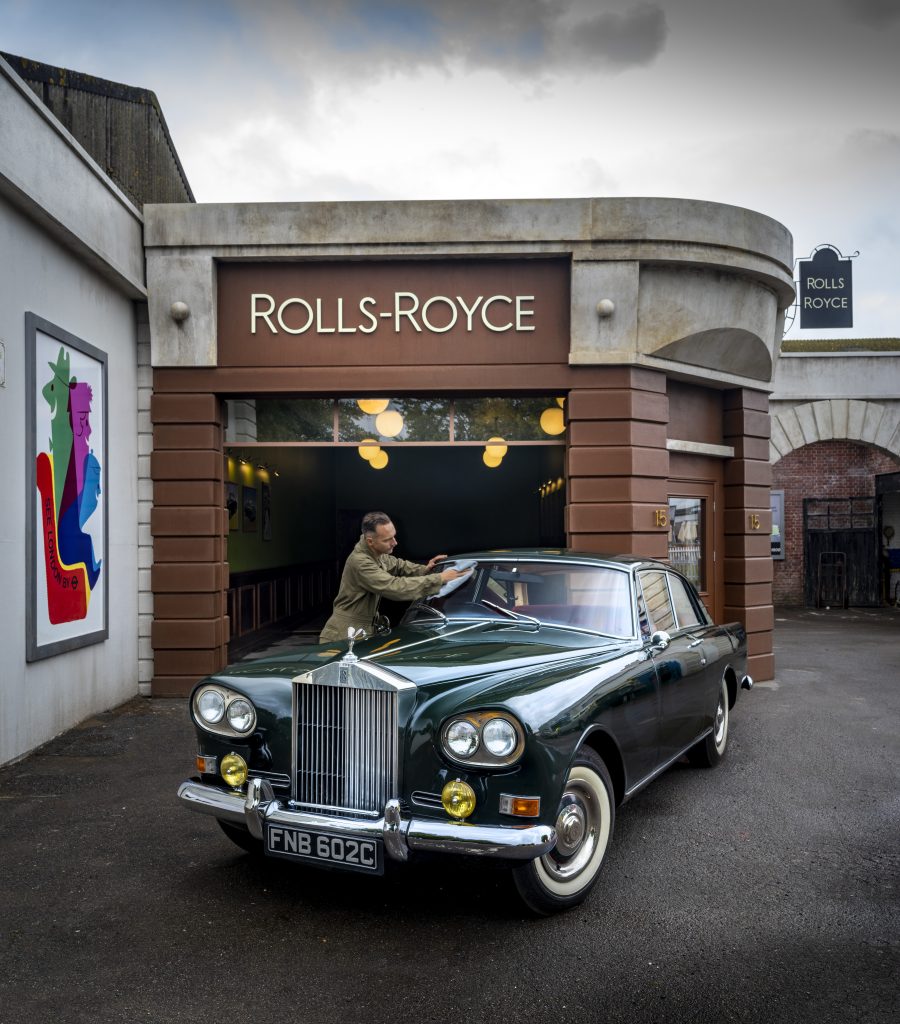
How much does a Silver Cloud cost?
There is a hierarchy in pricing of the Rolls-Royce Silver Cloud and Bentley S-Series cars. A Cloud 1 will cost you from around £17,000 for one that runs and drives, but it will need attention to its cosmetics and mechanical side to bring it up to a standard where you’d be happy to take part in a local show. For something smarter but still very usable, between £28,000 and £38,000 is what you will need to spend for a good to excellent car. Beyond, the very best examples cost up to £55,000. A Bentley 1 will set you back less, with the best coming in around £48,000.
For a Cloud 2 with its V8 engine, you will pay £5000 to £10,000 more than its earlier sister, while Bentleys are much the same on price as the Rolls-Royce. Look for a Cloud 3 or Bentley S3 and you’ll spend £30,000 for a slightly tatty car or £40,000 for one that is in decent nick. Better cars cost around £55,000 and the very best are up to £90,000.
These prices are for standard saloon models rather than coachbuilt cars or one with more desirable coupe or convertible bodywork. The prices for drop-tops and Continentals is much higher, ranging from £150,000 to more than £1 million for the most desirable.
What goes wrong and what should you look for when buying a Silver Cloud?
Whether you want an early Rolls-Royce Silver Cloud or a late Bentley S3, the points to look for are the same across all three incarnations of these sister models. And the very first thing you need to look for is corrosion. With so much metal in the body of these cars, repairing rust can quickly become economical unviable, while fixing dents to the alloy panels and painting them is specialised work.
As far as the body is concerned, check every inch as rot can take hold pretty much anywhere if the car has been neglected. The sills and inner sills need close inspection, along with all the wing edges, around the lights and front and rear screens, door bottoms, door hinges, boot floor, and body to chassis mounts. Also check the battery tray and the bumper mount beneath as leaking battery acid eats the metal away. Lastly, check the car is what it purports to be as plenty Bentleys and Rolls-Royces have swapped front radiator grilles depending on what’s been in fashion and can be sold for more. You should spot this by ill-fitting bonnet and wing panels around the radiator shell.
The substantial chassis is solidly durable, but check the rear chassis legs and outriggers that support the body, as well as the boot’s underside. The brakes, suspension and steering of the Cloud models are all robust and surprisingly simple to work on for the competent home mechanic. Any wear will show up in a sloppy driving experience, so try to drive a couple of really well sorted Clouds before looking to buy one so you know what to expect. Make sure the brake fluid is clean and not black when you look in the engine bay reservoirs. Also satisfy yourself the car is sitting square and level, and not sagging at the rear that denotes worn leaf springs.
Choose a Cloud 1 or S1 with the 4.9-litre straight-six and you should find it long-lived. Service the engine very 6000 miles or once a year, whichever comes round sooner, and the motor will rack up impressive mileages without trouble. A little oil weeping from the crankshaft seals is normal, while oil pressure should be in the white zone on the gauge on the dash. IF the car uses more than half a litre of oil per 1000 miles, it’s due a rebuild.
The V8 motor is equally hard-wearing. Look for oil leaks from the rear main seal and noisy hydraulic tappets that tell of worn internals. When the V8 was introduced, there were some problems with crankshaft wear, but this has long since been addressed and is not something to worry about. As for the automatic gearbox used in these car, the Hydramatic is very strong and unlikely to need anything more than a fluid change.
When it comes to the electrics, they are fairly straightforward compared to later Rolls-Royce but still more complex than most cars of the period, so just make sure everything works and there are no signs of bodging under the dash or bonnet. While checking the wiring inside the car, you need to take a careful look at all of the wooden trim and leather upholstery. Some mellow wear adds patina, but cracked leather can become expensive to put right and re-veneering wood is also pricey.
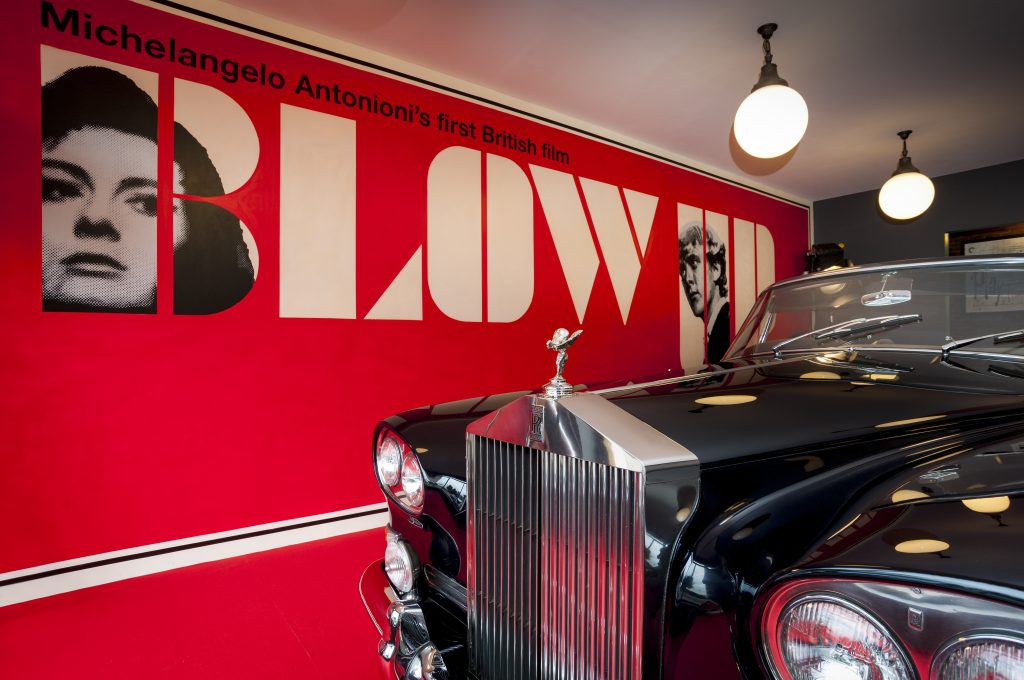
Which is the right Silver Cloud for you?
There are three things that influence most buyers’ decision with this era of Rolls-Royce and Bentley. The first is the badge and grille it wears. While the cars are nigh on identical other than this, the grille does lend a slightly different look and expectation, which comes down to personal preference. The other key points are whether you want a straight-six engine or a V8, and whether you’d rather have the earlier single or later twin headlight styling.
How you intend to use the car will also have a bearing on which works best for your needs. We reckon the sweet spot if a Cloud 2 or Bentley S2 with the earlier looks but the V8 engine under the bonnet for improved performance. Find one in the mid-£30,000 bracket with a big folder of history and receipts for maintenance and you’ll be looking at many years of elegant, restrained luxury motoring without withering your bank balance.
